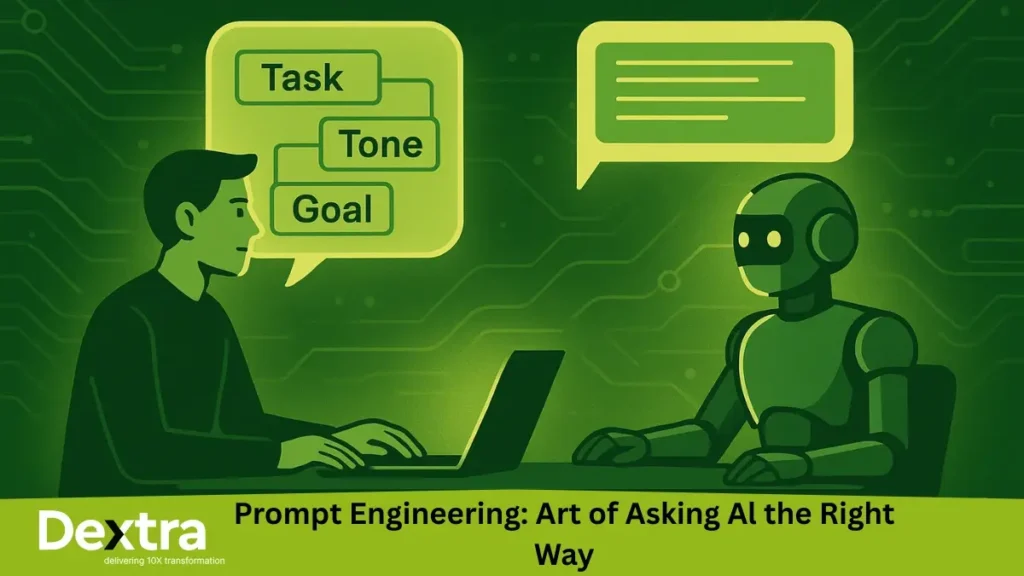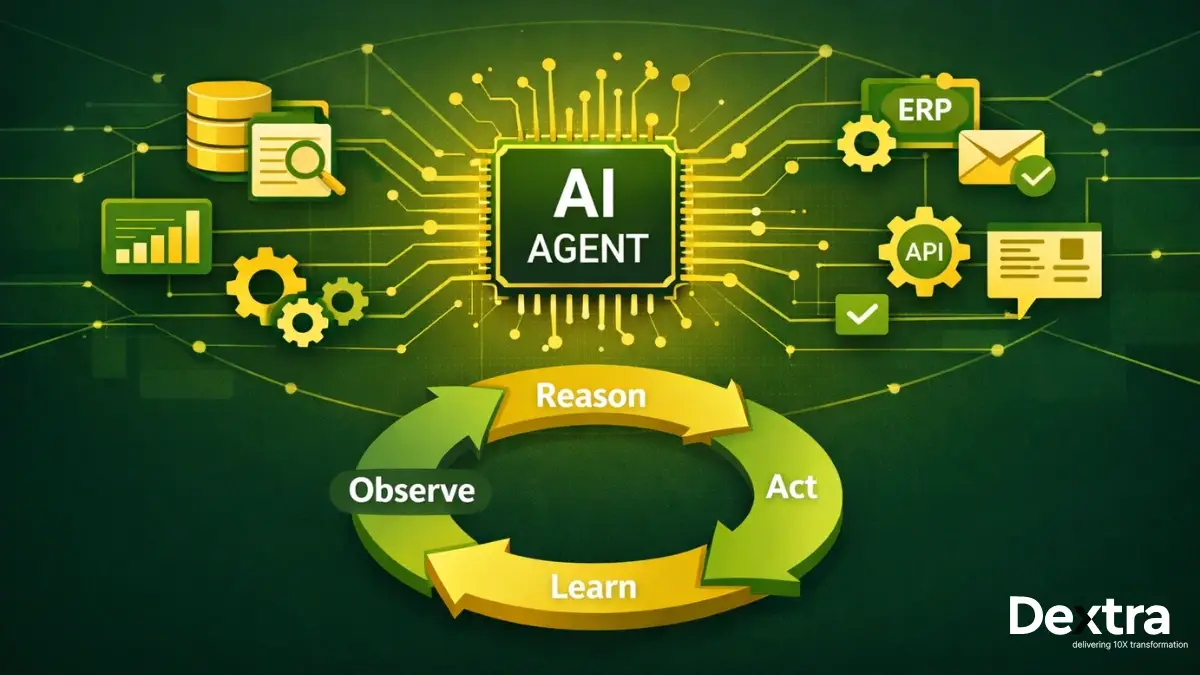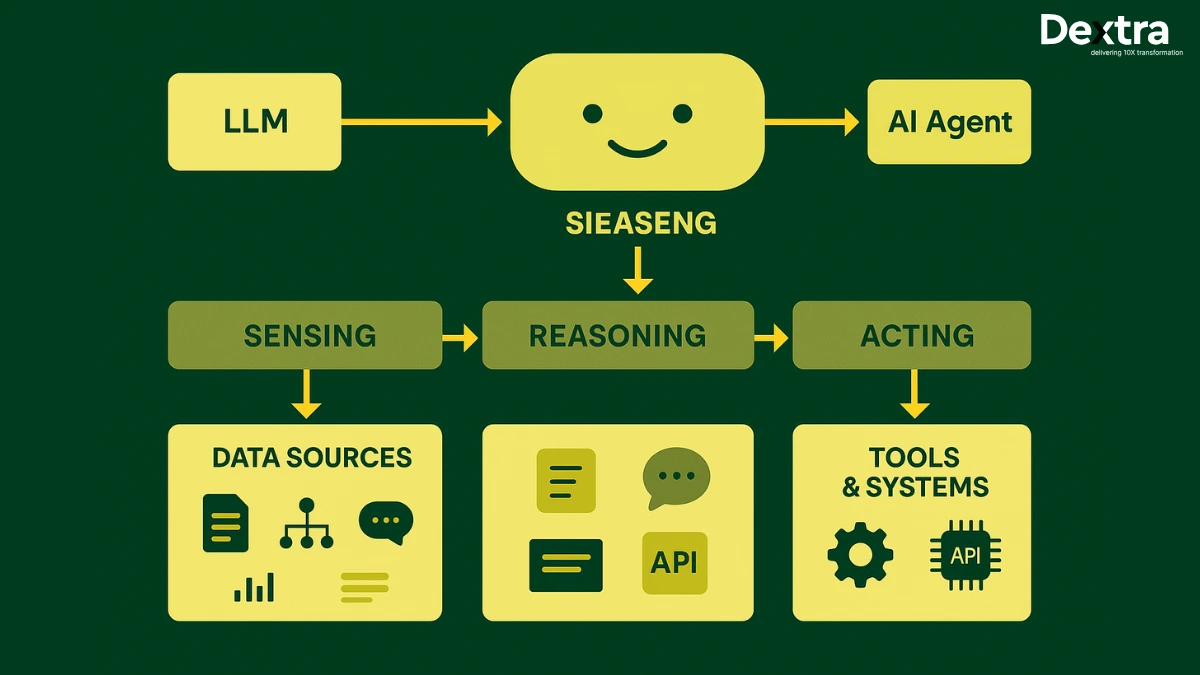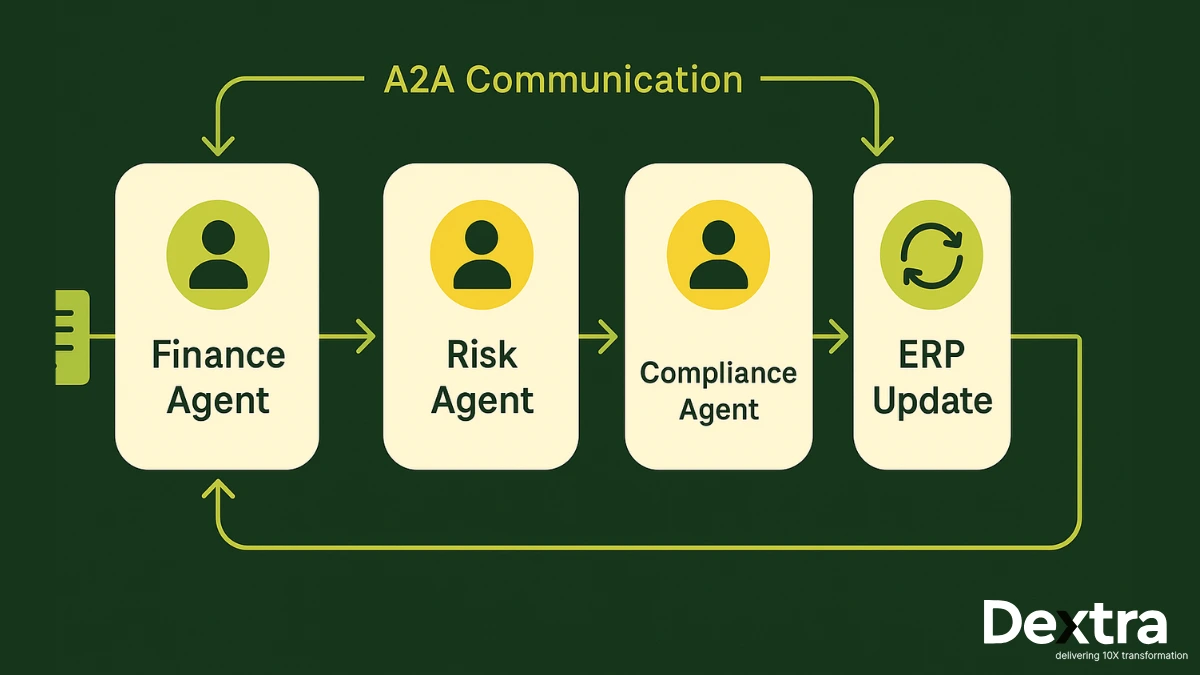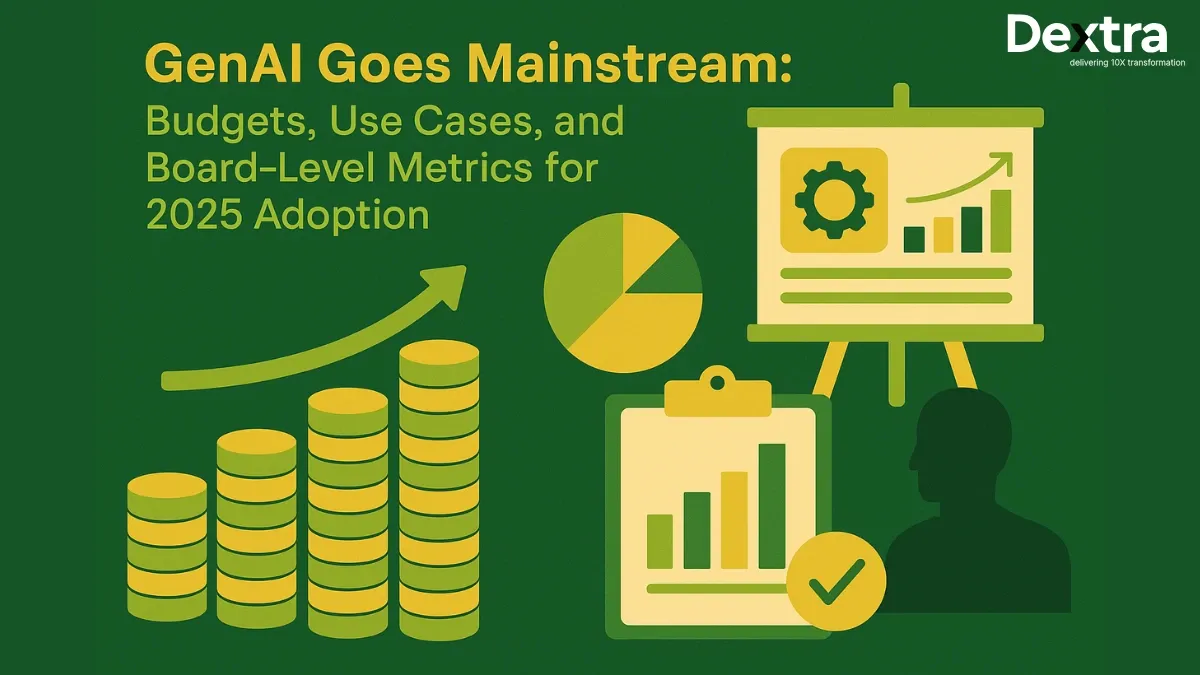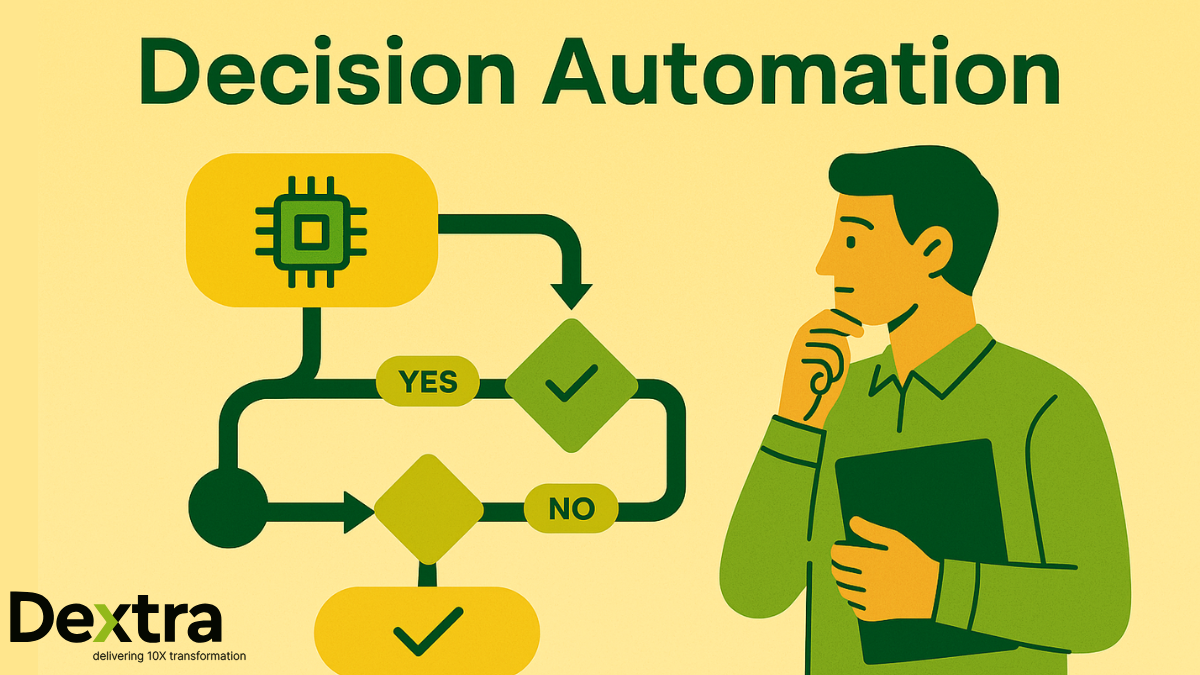Ever feel like talking to an AI assistant is a hit-or-miss experience? One minute it’s giving you gold, the next it’s totally lost in translation. Here’s the not-so-secret secret: what you get out of any Large Language Model (LLM) depends almost entirely on how you ask.
Think of prompt engineering as giving directions to a friend who’s super smart but takes everything literally. If you’re specific, creative, and a bit structured, the results can be amazing. If not… Well, you might end up with something odd.
That’s where these templates come in. I’ve rounded up seven practical examples you can copy, tweak, and use for all sorts of real-life tasks. With these in your toolkit, you’ll spend less time wrestling with the AI, and more time getting the answers, code, or stories you really want. Let’s jump in!
If you want templates that actually scale to enterprise use, where safety, cost and reliability matter. Dextralabs (an AI consulting firm working with enterprises in the USA, UK, UAE and India) offers prompt engineering consulting and reusable prompt libraries that make these patterns production-ready.
1. Make Your Job Apps Shine: Tailored Prompts for Cover Letters
Create cover letters that actually sound like you, and make hiring managers want to learn more.
Why this works:
Most AI-written cover letters sound canned. Instead, use your actual experiences and a bit of personality to stand out. This persona-driven prompt helps make it authentic and relevant. At Dextralabs we convert personal templates like this into automated applicant flows, adding input validation, tone sliders and A/B tests to find which wording converts best.
Steal this template:
Pretend you’re my career coach and help me write a cover letter. My name is [Your Name], and I’m applying for the [Job Title] role at [Company Name]. I’ve spent [Number] years working in [Your Industry/Field].
Here’s what I’m proud of:
– [Achievement 1]
– [Achievement 2]
– [Achievement 3]
The job description asks for [Skill 1] and [Skill 2], which I’m great at.
Can you write a genuine, confident cover letter (keep it under 250 words)? Start by showing real interest in the company’s work on [Project/Value], connect my background to the job, and close with a friendly call to action suggesting a chat.
2. Tackle Math (and Logic!) Step by Step
Get answers that actually make sense, especially for math or tricky logic problems.
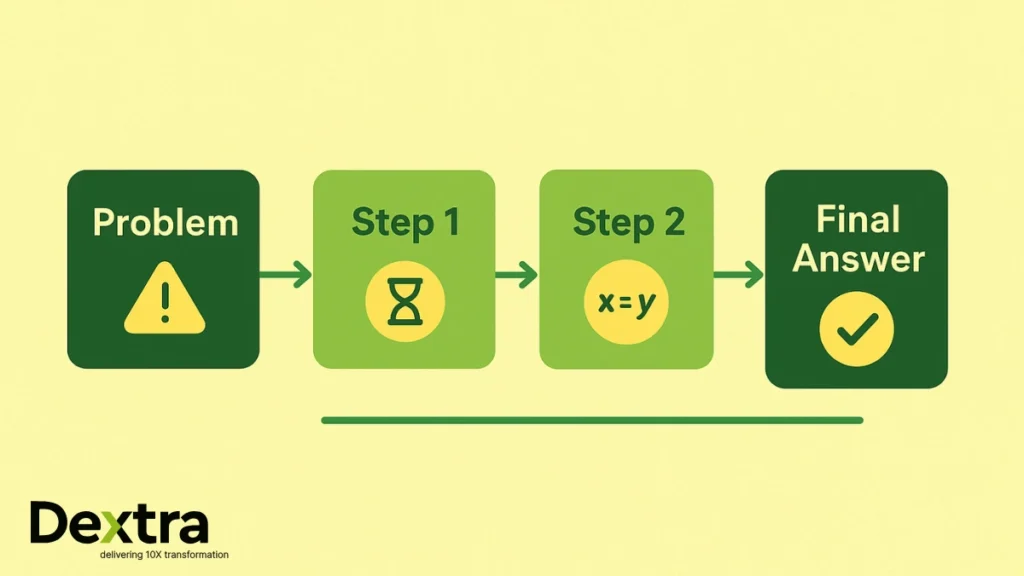
Why this works:
LLMs sometimes try to skip to the answer and trip over details. Here, you guide the model to work it all out, one step at a time, using a clear example.
Try out this template:
You’re an expert math tutor. Always solve problems step-by-step. Here’s an example:
Problem: A train travels 90 km in 45 minutes. What’s its speed in km/h?
Solution:
Step 1: Convert minutes to hours: 45 ÷ 60 = 0.75 hours
Step 2: Use Speed = Distance ÷ Time
Step 3: Speed = 90 ÷ 0.75
Step 4: Speed = 120 km/h
Final Answer: 120 km/h
Now, please use this same step-by-step approach to solve:
Problem: [Your New Problem Here]
3. Get Smart Code, Not Code Smarts
Generate code that’s useful, readable, and won’t make your developer friends cringe.
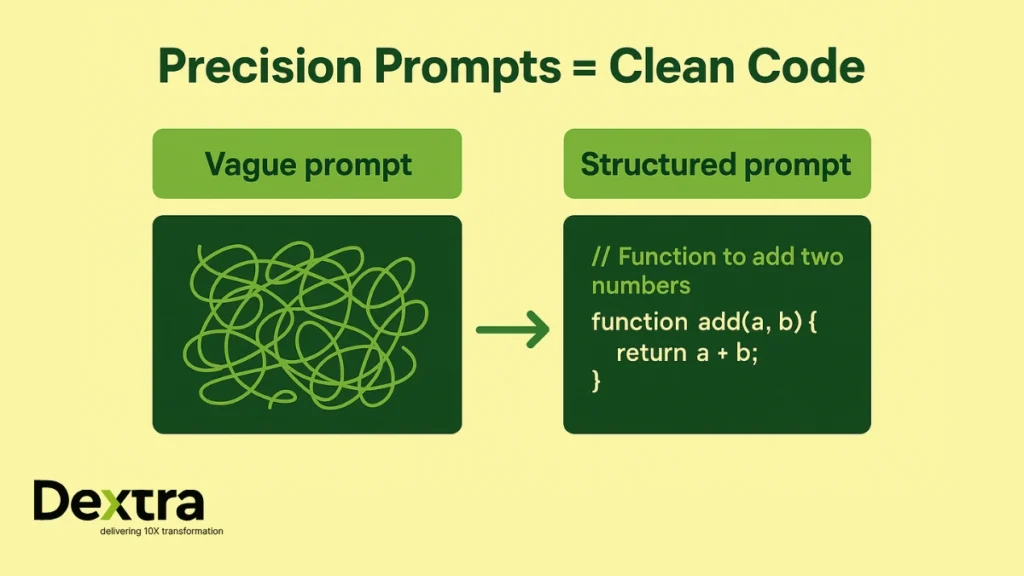
Why this works:
Generic requests (like “write a Python script for me”) often miss the mark. Break things down and be specific about what you need, including edge cases.
Copy this template:
You’re a senior software engineer who loves clean, well-commented code.
Task: Please write a function called [FunctionName] that [does what? e.g., returns the second-largest integer in a list].
Details:
– Input: [What comes in? e.g., List of integers]
– Output: [And what should it give back? e.g., An integer]
– Watch out for: [Edge cases, e.g., empty lists, duplicates, less than 2 values, return None if needed]
Only return the code, with helpful comments explaining your logic.
4. Make Learning Stick: The Socratic Prompt
Turn boring lectures into interactive lessons you’ll actually remember.
Why this works:
Real understanding comes from thinking things through, not just memorizing facts. With this approach, the AI acts as a patient tutor, nudging you with questions and building up your knowledge step by step.
Use this template:
Pretend you’re a friendly tutor specializing in [Subject, e.g., Physics]. I want to learn about [Topic, e.g., Newton’s Third Law of Motion].
Don’t just tell me everything at once. Begin by asking a simple question to see what I already know. Based on my answer, explain a little, then ask another question to dig deeper. Keep this going until I really get it.
5. Craft Stories with Structure, and Magic
Spin up creative, original stories that keep readers hooked from start to finish.
Why this works:
AI is great at making stuff up… but sometimes rambles or gets lost. By setting a few boundaries (genre, tone, theme, ending), you steer it towards something coherent and fun.
Here’s a plug-and-play template:
Be a creative writer. Pen a short story for me with these details:
– Genre: [Magical Realism? Mystery? Your call!]
– Perspective: [First-person, Third-person, etc.]
– Tone: [Funny, suspenseful, hopeful…]
– Theme: [What’s it really about? Belonging? Technology?]
– Audience: [Kids, adults, sci-fi fans, etc.]
– Ending: [Twist? Cliffhanger? All wrapped up?]
– Length: About [word count] words
Make sure you weave in every element listed.
6. From Big Ideas to Actionable Plans
What’s the goal?
Stop drowning in ideas, get a clear path you can actually use.
Why this works:
First, you let your imagination run wild. Then, you pick the best and flesh them out, moving from “wouldn’t it be cool if…” to “here’s how I’d do it.”
Steal this two-step prompt:
Act as a brainstorming pro.
First, generate 10 totally raw, off-the-wall ideas for [your topic, e.g., a community app].
Once those are listed, I’ll pick my top 3.
Next, for each chosen idea, lay out a practical plan:
– Brief description
– Likely target audience
– Two standout features
7. Get That “Consultant” Edge for Business Strategy
Get crisp, actionable business recommendations, no fluff, just what matters.
Why this works:
A great strategy always starts with the facts, gets to the real challenge, and ends with concrete next steps. This classic consulting template keeps things sharp.
Just copy and fill in:
You’re a senior business consultant. Analyze this scenario and suggest what to do next:
Current Situation: [Key facts, e.g., “A B2B SaaS company’s growth dropped by half over two quarters. Users think the interface is outdated.”]
Main Challenges: Call out the three most pressing problems.
Action Plan: Propose three simple, concrete steps the company should take.
Wrapping Up: Prompts That Turn AIs Into Teammates
Here’s the real takeaway: prompting isn’t just “asking AI stuff.” When you get intentional, your LLM becomes more like a reliable coworker, one who actually “gets” what you need. These seven templates are your cheat sheet. Use them, remix them, personalize them.
And don’t be afraid about experimenting. The best prompts are born from a mix of curiosity, clarity, and play. Tweak, combine, add your own flavor. The more you practice, the more the AI feels like an extension of your team (and less like a mysterious black box).
FAQs:
Q. How much does prompt engineering cost for enterprises?
Costs vary by scope (consulting vs integration). Typical projects range from a short audit ($5k–$15k) to full deployment with pipelines and monitoring ($30k+). Dextralabs provides tailored estimates after a quick discovery call.
Q. How long does it take to productionize a prompt?
Simple templates can be validated in days; production-grade workflows with testing, guardrails and RAG/integration typically take 4–8 weeks.
Q. Will prompt engineering reduce my model costs?
Yes, through prompt compression, model selection, and RAG you can cut per-call tokens and avoid expensive large-model calls for retrieval tasks. Enterprise gains of 20–50% cost reduction are common.
Q. What’s the difference between prompt engineering and fine-tuning?
Prompt engineering uses instructions and examples at inference time; fine-tuning adjusts model weights. Use prompts for rapid iteration and fine-tuning for large-scale, stable behavior improvements.
Q. How do you measure prompt performance?
Combine automatic metrics (semantic similarity, precision/recall on labeled tasks) with human evaluation for correctness, helpfulness, and hallucination rates. Track drift after model updates.
Q. Can prompts be versioned and tested automatically?
Yes, store prompts in a repo, run automated test suites against multiple models, and gate changes via CI pipelines before release.
Q. Which models are best for prompt-driven workflows?
Choice depends on budget, latency and safety needs. Many enterprises use a mix: smaller models for deterministic tasks, larger models for creative reasoning. (Dextralabs can recommend a blended strategy based on your use case.)
Q. How to get started with enterprise prompt consulting?
Start with an audit: sample prompts, failure modes, cost profile, and a pilot. Dextralabs offers a 2-week audit package to produce a prioritized roadmap.

